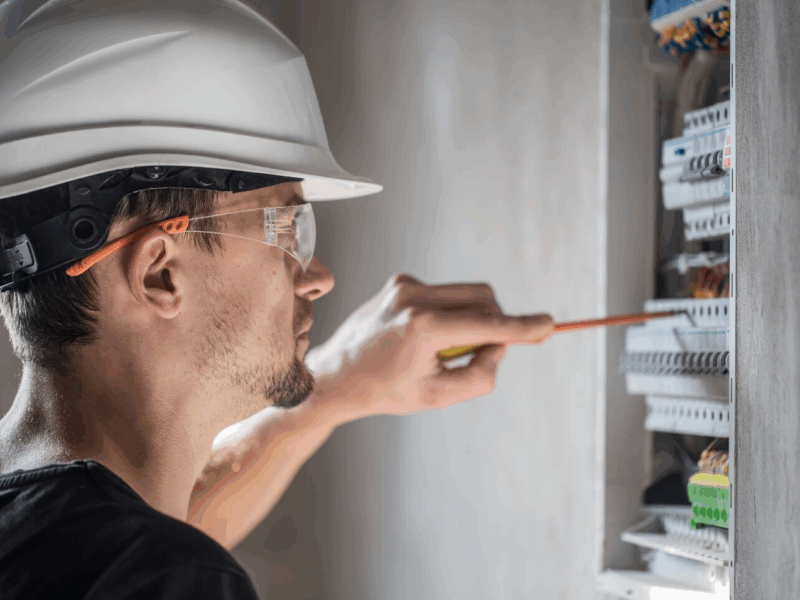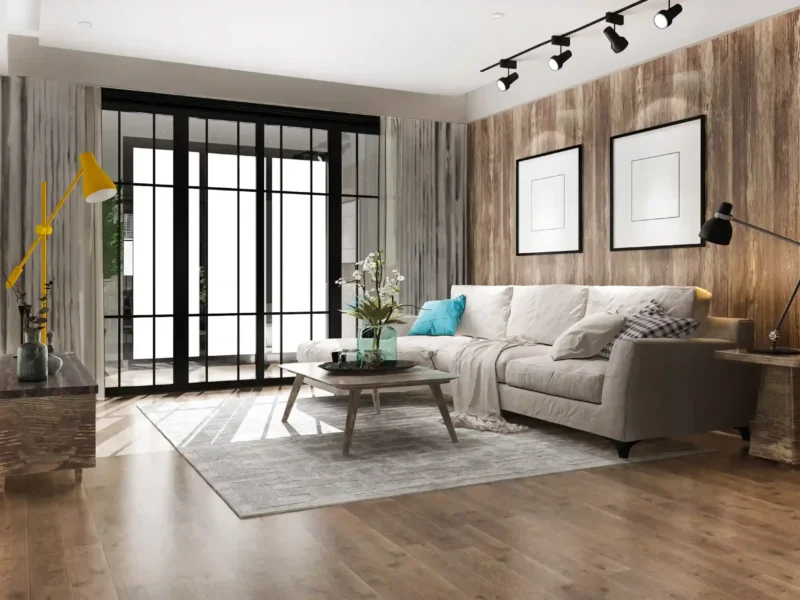Choosing the right hatch isn’t just about checking a box. It’s about function, safety, compliance, durability, and even comfort. Whether it’s for a roof, a floor, or a glazed application, the wrong hatch can mean leaks, security issues, costly replacements, or even danger.
Look Beyond the Basics
Most hatches serve a clear purpose, but the quality behind that purpose can vary more than you’d expect. Two models might look almost identical at first glance—same shape, similar size, even the same material—but how they perform under real-world conditions is often very different.
The way a hatch is built makes a big difference. Small details like material thickness, weld quality, or insulation layers can have a major impact on how it holds up over time. And when the design is rushed or corners are cut, it shows.
Some are engineered with long-term durability in mind, using reinforced components, better seals, and precise construction. Others are designed to keep costs down, and those trade-offs usually become obvious after installation. Early in your search, it pays to look for high-quality roof, floor, and glazed hatches, as these are built to last, stay secure, and hold up in tough environments. Lower-grade options often can’t keep up when put to the test.
Materials Make or Break It
The material a hatch is made from affects how it performs, how long it lasts, and how much effort it takes to maintain. Some are built for strength, others for corrosion resistance, and some try to balance both.
Aluminum is lightweight and rust-resistant, making it useful where easy handling matters. Steel is stronger and better for load-bearing, especially in floors or high-traffic zones. Stainless steel costs more but holds up best in harsh, wet, or chemical-heavy environments.
Choosing the right material isn’t just about preference. It needs to match the conditions the hatch will face. A mismatch here usually leads to rust, wear, or failure sooner than expected.
The Seal Is Everything
No matter how solid the frame is, a hatch is only as good as its seal. A poor seal allows water, air, dust, or even pests to get through. That can cause rust, interior damage, or safety risks depending on where the hatch is installed.
A well-designed seal should stay compressed evenly when the hatch is closed. It needs to handle movement, pressure changes, and temperature swings without cracking or losing shape. In high-moisture or outdoor environments, look for gaskets made from UV- and chemical-resistant materials.
Seals are often overlooked, but they’re one of the first things to break down when quality is low. If the seal fails, the rest of the hatch quickly follows.
Ease of Use Matters More Than You Think
A hatch shouldn’t be hard to open, close, or lock. If it sticks, slams, or feels unstable, that’s a sign of poor design or low-quality hardware. Whether it’s manually operated or assisted with springs or gas struts, it should move smoothly and predictably every time.
Well-built hatches often include safety features like controlled opening speeds, grip-friendly surfaces, or hold-open arms that prevent slamming. These details make day-to-day use safer and more comfortable, especially when frequent access is needed.
Even something as small as the handle design can affect usability. If the user struggles to open it, the hatch isn’t doing its job properly.
Don’t Skip Over Safety and Code Compliance
Safety isn’t just about common sense. Most hatches need to meet specific codes for load capacity, fall protection, egress clearance, and fire resistance. These aren’t optional, and skipping them can lead to failed inspections or fines.
In floor hatches, structural strength is critical. Some must handle heavy equipment or rolling loads without flexing or deforming. Roof hatches often require guardrails, especially if used for regular access. Glazed hatches may need to meet safety glass standards or thermal ratings, depending on the application.
Always confirm what standards the hatch meets and ask for documentation if it’s not clear. If a hatch can’t prove its compliance, it’s not worth the risk.
Thermal Performance and Ventilation
If a hatch is part of a building envelope, thermal efficiency should be on the checklist. Poor insulation leads to energy loss, condensation buildup, or uneven temperatures inside the space.
In colder climates, hatches without proper insulation can cause drafts and cold spots. In hot environments, they can let in unwanted heat. Either way, the result is discomfort and higher energy costs.
Ventilation options also matter, especially in roof hatches. Some designs allow passive airflow while still protecting against leaks. Others can be opened partially for ventilation without full access. These features are useful in mechanical rooms, stairwells, or storage areas where fresh air helps regulate conditions.
Security Features for Peace of Mind
In certain settings, hatches need to do more than provide access: they need to prevent unauthorized access. This is especially true for rooftops, utility spaces, or any entry point to restricted areas.
Security-rated hatches often come with reinforced lids, concealed hinges, or internal-only latching. Some can be integrated with alarms or sensors. Others are designed to be locked from the inside with tamper-resistant hardware.
Even in less sensitive areas, it’s smart to choose a hatch that includes a reliable locking mechanism. If a hatch is easy to pry open or bypass, it’s a weak point in the building.
Long-Term Maintenance Should Be Minimal
A good hatch doesn’t ask much after it’s installed. It should be built to last without frequent adjustments, part replacements, or constant resealing.
Look for features like corrosion-resistant finishes, self-draining frames, and replaceable gaskets. These are small details that make a big difference over the years. A smart design avoids areas where debris collects or water pools, and it should be easy to inspect or clean when needed.
If a hatch needs frequent fixes or doesn’t age well in its environment, it wasn’t the right fit from the start.
Choose Once, Choose Right
Hatches aren’t something you want to second-guess later. They’re built into roofs, floors, and structures where replacement is costly and disruptive. The right one does its job quietly for years. The wrong one causes leaks, rust, sticking doors, or even safety issues.
So take your time. Ask the right questions. Compare real specs, not just appearances. In the end, the smartest choice is the one that won’t need to be replaced anytime soon because it was built right the first time.


